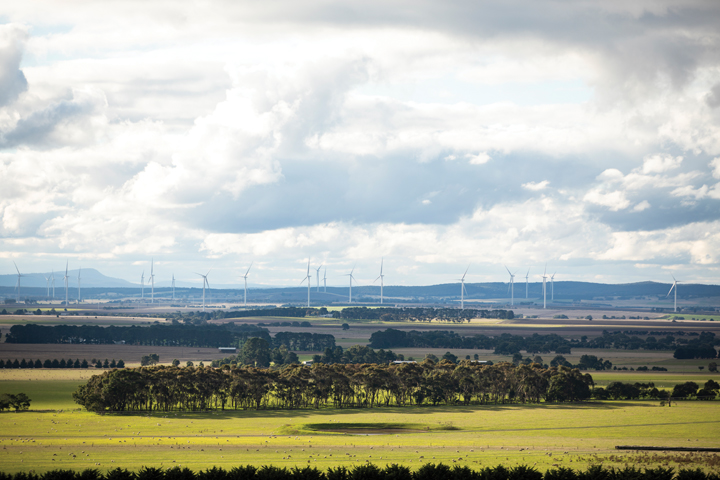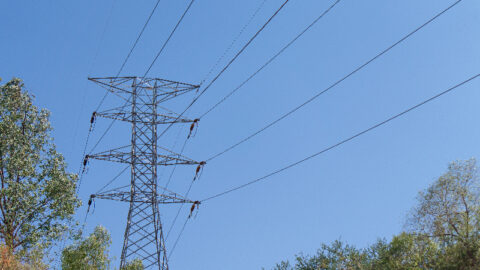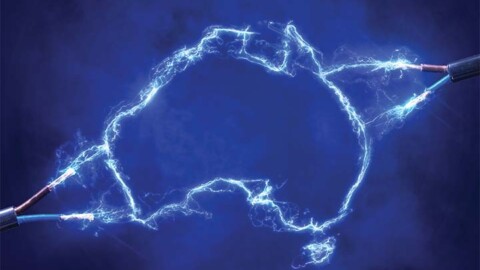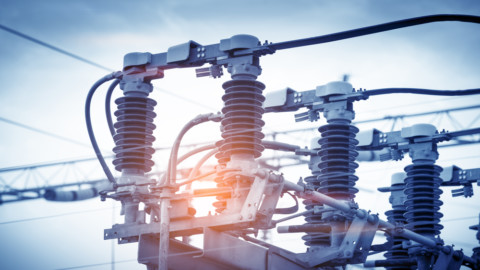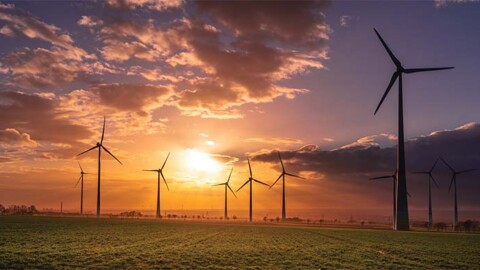With its abundance of wind resources, Victoria holds natural advantages that could make it a leader in the renewables arms race. However, it is widely acknowledged that more transmission will be key to unlocking the transition to renewables. One such initiative is the Western Victoria Transmission Network Project (WVTNP), a proposed new 190km overhead high-voltage electricity transmission line managed by AusNet that will carry renewable energy from Bulgana in the state’s west to Sydenham in Melbourne’s north-west. Energy magazine spoke to the Executive Project Director, Stephanie McGregor, about the opportunities and challenges around the project, and what’s being done to earn social license with local communities.
Energy: What are the expected positive outcomes from the installation of the Western Victoria Transmission Network Project’s 190km transmission line for consumers and for the state’s energy network?
Stephanie McGregor: The project is critical infrastructure that will unlock the renewable energy potential of Western Victoria as a key Renewable Energy Zone and will help to deliver clean and affordable energy to Victorians. This includes the potential to unlock up to 900MW of renewable capacity, enough to power more than 500,000 homes.
As well as this potential, it is needed to urgently reduce congestion as the existing transmission network in Western Victoria is at capacity. This means only limited power can be transported out of the region into the wider network.
This project is one of many proposed for the state, to help harness green energy from a number of identified renewable energy zones in Victoria, as we move away from coal-generated electricity over the coming years.
E: What steps are being taken to ensure the best possible outcomes for the project and the community?
SM: The location of the proposed route has been selected to follow existing transmission line easements where possible, and minimise impacts including on houses, Aboriginal cultural heritage, agriculture, and native vegetation. Input from the community, stakeholders and landholders has been critical and will continue to inform design as we prepare the Environment Effects Statement (EES) for this project.
During 2021, we held 15 in-person information sessions, ten webinars and 40 one-on-one online meetings – and this engagement is ongoing. We also have a team dedicated to liaising directly with landholders along the route. We are incredibly aware that for all the significant benefits of a major project of this size, there will be landholders along and near the transmission route for whom the project is challenging and stressful. We understand that and we will continue to consult, seek feedback, and listen to their concerns
E: What is AusNet Services’ response to those who want underground construction of the transmission line?
SM: There is still further work to do as part of the EES for the project, but we know undergrounding is an important issue and that’s why we shared a summary of preliminary investigation findings with landholders and the community late last year. These findings suggest that overhead construction results in less ground disturbance, provides more cost-effective connections for renewable energy generators, achieves electricity system availability requirements, and is a proven solution over the distance and capacity required for this project. Further technical information, including further cost and design information, will be provided as part of the EES which will be exhibited for public comment.
E: Are there any sections of the route which are being considered for undergrounding? Which areas are they?
SM: We’re continuing to investigate a range of options to reduce impacts along the route as part of the EES, including sections of underground construction and different designs and structures. This includes investigating undergrounding in some sections in areas where there are many types of impacts that could be mitigated by undergrounding subject to further assessment.
E: What are the challenges the project faces at Hepburn Lagoon, Darley and Melton Aerodrome?
SM: We’re continuing to consider alternatives at Hepburn Lagoon, Darley and Melton Aerodrome to assess how impacts on matters such as visual, landscape, ecological, Aboriginal cultural heritage, land use and aviation impacts between alternatives compare. This includes undertaking further technical assessment and community and stakeholder consultation. This is a complex project, and it is important to take the time to investigate these alternatives to minimise impacts as far as possible.
E: What considerations has AusNet Services taken in selecting the proposed route with reference to residential homes?
SM: We’ve listened to feedback from landholders and communities about avoiding heavily populated areas and houses and have taken this into account as far as practicable. The location of the proposed route has been selected to maximise the distance from houses and to follow existing transmission line easements where possible.
E: Are there any other comments you would like to add?
SM: This project will help unlock the vast reserves of green energy in Western Victoria and open up the opportunity for even more renewable investment, such as solar and wind farms. We fully understand the stress and uncertainty a project of this size can create for local communities, notwithstanding the important benefits it has for the entire state in terms of bringing renewable energy to the grid. We will continue to consult with landholders and communities, seek their feedback, and listen to their concerns.



